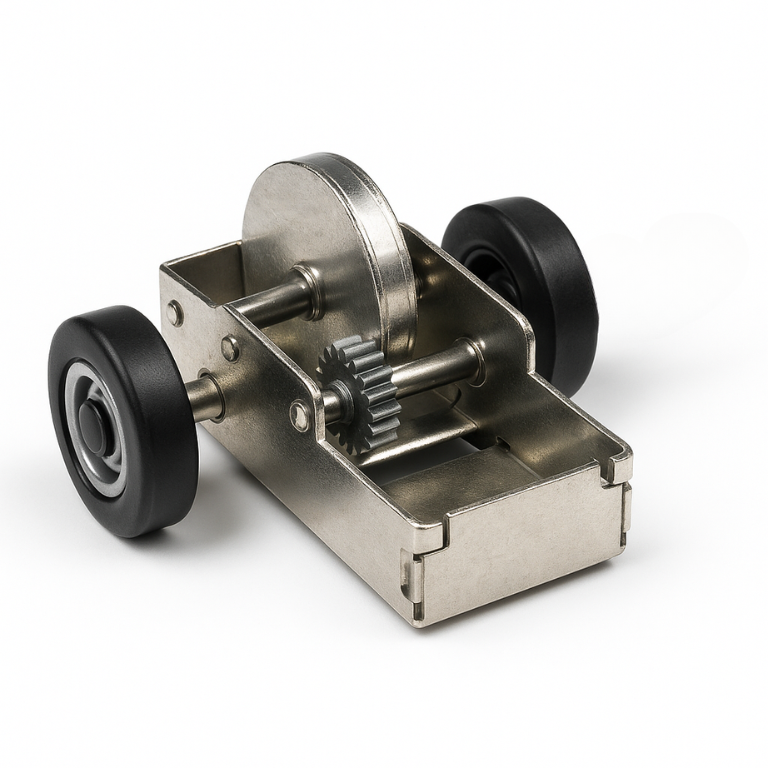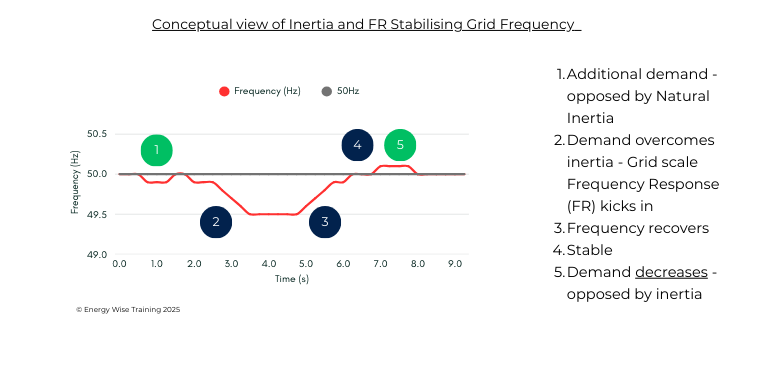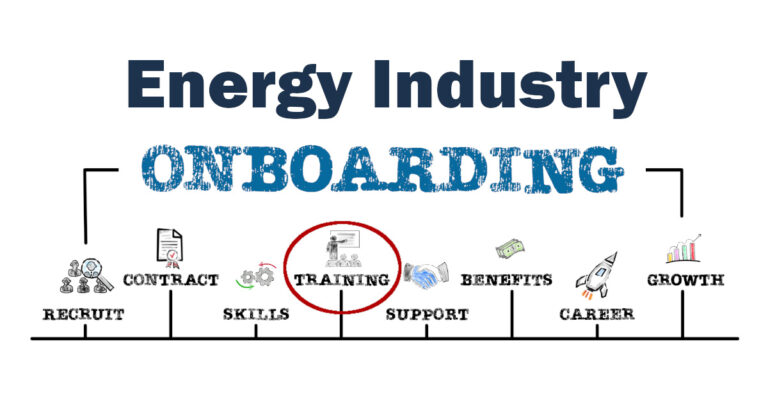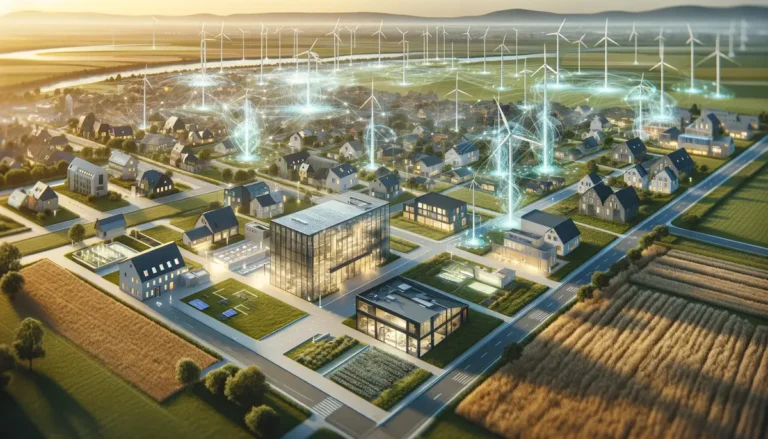Inertia – A Factor in the Iberian Blackout?
In late April 2025, the lights went out across most of Spain and Portugal.
There has been much speculation as to the cause, and the industry hasn’t yet landed on a single factor. However, much speculation has been linked to inertia as a key player in the incident. But what exactly is inertia?
With any incident it’s never one factor which is solely responsible, rather, one thing tends to trigger a cascade – all the holes in the Swiss Cheese line up allowing a seemingly unlikely event take place.

There’s plenty of background information on the incident. For example:
What is inertia anyway?
Much of the speculation has been about inertia (which we cover in our courses) so I’ll quickly introduce inertia in a power generation context, and why it’s important…
The physics definition states that a body in motion (or at rest) will tend to remain in motion (or at rest) unless acted on by some outside force.
It’s pretty easy to imagine that in practical terms. If you’ve ever pushed a car on a flat road you’ll know it’s not impossible, but it takes some serious effort to get going, and once rolling it’s hard to stop.

On a much smaller scale who remembers friction drive toy cars?
To get energy into the friction ‘motor’ you push the vehicle along spinning up a small, geared flywheel to high speed. Let the thing go and the spinning flywheel wants to keep spinning – the gearing now works in reverse powering the car along – with satisfying traction as I recall.
As another example, imagine a train weighing 100 tons rolling at very low speed on level tracks but with no power – try to stop that!
The important property of inertia in these examples is that it effectively stores energy. In the toy car example the physical power required to move the flywheel stores energy as you push it. Same with the full sized car – all that exertion is being stored as energy in the form of inertia.
What does this have to do with Power Generation?
Thermal power stations use steam (generated by burning coal, gas or by nuclear reaction) which is forced over turbines to spin electrical generators. These spinning bits of metal are huge. Usually weighing in at several hundred tonnes. When starting from standstill they can take anything from minutes to hours to get up to speed.

The time to ‘get up to speed’ is known ramp rate and varies greatly between generation technologies. What is common though – and important here – is that energy delivered to a spinning generator is stored as inertia.
Generation and Inertia?
We’ve established spinning thermal power stations store energy in the form of inertia. What does this have to do with blackouts in Spain and Portugal? Well probably nothing directly but let’s look at a secondary effect of that spinning inertia.
When additional load is put on the generator (or the power grid its attached to), it becomes harder for the turbine to push the generator. If the additional load is maintained then the power station has to increase the energy used by burning more fuel to create more steam pressure.
But! That increase in energy takes time to deliver – even small fluctuations in demand can take several seconds to meet – and this is where all that spinning inertia comes in. As the load increases the generator will naturally want to slow down (we see this as a drop in frequency). This tendency will be opposed by inertia.
Now, if no additional input power is applied then eventually the generator will slow but that inertia is enough to keep the thing spinning (at 50Hz) long enough for other ancillary services to kick in.
Damping Effects
You can think of inertia in power generation as having a damping effect on load fluctuations.
And outages in Spain and Portugal? Well, this is speculation at the moment, but the theory is that as the renewable fleet (wind and solar) has grown, there has been a loss of natural inertia as thermal power stations play less of a part in meeting overall demand.
Large unplanned fluctuations in demand (up or down) will affect frequency and without the damping effect of large spinning turbines frequency may exceed operating limits causing parts of the grid to trip. The additional load then put on other parts of the grid as a result may cause them to trip also. If that cascade continues then one might see entire national power grids go off line.

Compensating Loss of Natural Inertia
In the UK, other parts of Europe and round the world, reduced spinning inertia in power generation has been largely balanced with fleets of Battery Energy Storage Systems (BESS). The mechanism is known generally as Frequency Response (FR) and these batteries can react in sub second timeframes delivering massive amounts of power to stabilise frequency fluctuations.
Checkout National Grid’s list of FR services here
In Ireland, EirGrid, the Transmission System Operator, realised the potential effect of loss of inertia. As an islanded grid they don’t have the opportunity to import as much power as, say Germany does, leaving them exposed to the interconnectors they do have, and vulnerable to power fluctuations as their renewable fleet grew. One answer – install a huge flywheel – not attached to a power source but just for storage.
The Siemens-built system is a 120 tonne flywheel which can deliver a whopping 4GW of instantaneous power when spinning at full speed. Combined with BESS these systems can provide inertia and therefore stability to renewable dependent power grids.
Siemens has published a detailed article about Ireland’s grid stabilizer project here
There will undoubtably be studies and analysis on the full causal chain of the Iberian blackouts for many years to come. Lessons will be learnt and, I’m sure, we’ll engineer great solutions. In the meantime, hopefully any talk of inertial (or lack of it) won’t leave you in the dark.
Tim Rogers, Founder, Energy Wise Training
Follow on LinkedInInertia, thermal generation and battery storage are just some of the topics covered in depth in Energy Wise Training courses.
We provide energy training for those new to the industry as well as those with years of experience under their belts.
- How good is your energy general knowledge? Take the energy Quiz
- Team leads and Learning & Development – Take the Energy Onboarding Score


